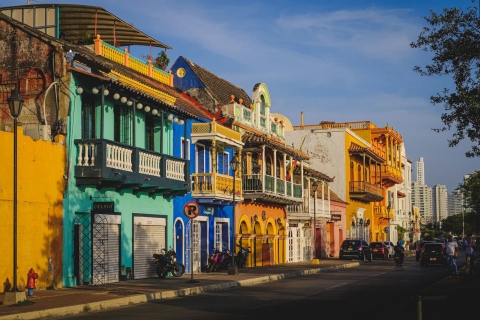Guayaquil Rainfall & Precipitation: Monthly Averages and Year-Round Insights
This page shows the average amount of rainfall per month in Guayaquil. The numbers are calculated over a 30-year period to provide a reliable average. Let’s explore the details in depth to provide you with a complete overview.
Guayaquil has a relatively rainy climate with high precipitation levels, averaging 2643 mm of rainfall annually.
Monthly Precipitation Levels
The average number of days each month with precipitation (> 0.2 mm)
February, the city’s wettest month, has a maximum daytime temperature of 30°C and receives 112 hours of sunshine. During the driest month November you can expect a temperature of 30°C. For more detailed insights into the city’s temperatures, visit our Guayaquil Temperature page.
Annual Precipitation in Ecuador
The map below shows the annual precipitation across Ecuador. You can also select the different months in case you are interested in a specific month.
 heavy rainfall
heavy rainfall
 high
high
 moderate
moderate
 low
low
 almost none
almost none
Amsterdam Precipitation Compared World Wide
Guayaquil’s average annual precipitation is 2643 mm. Let’s compare this to some popular worldwide tourist destinations:Chicago, USA, sees an annual precipitation of 1062 mm, with rain and snow contributing to its humid climate.
Beijing, China, receives 560 mm of annual precipitation, concentrated in the summer months.
Adelaide, Australia, enjoys 511 mm of annual precipitation, with dry summers and wet winters.
Mumbai, India, experiences a tropical monsoon climate with 1860 mm of annual rainfall, with the majority of precipitation happening during the monsoon season from June to September.
How is Precipitation Measured?
Precipitation amounts are measured using specific gauges installed at weather stations, collecting both rain and snow and any other type of precipitation. Rainfall is measured directly in millimeters, while that from snow and ice is obtained by melting it. Automated systems often incorporate heaters to make this easier.
Information from these stations is transmitted via Wi-Fi, satellite, GPS, or telephone connections to central monitoring networks. This information is immediately updated and integrated into weather models and forecasts.
Interesting weather facts
- The U.S. has a significant number of thunderstorms every year, with over 14.6 million taking place across the world annually.
- Approximately 70% of lightning bolts strike land rather than oceans.
- A storm named John was the longest-lasting Pacific tropical storm, continuing for 31 days. As it crossed the dateline twice, it changed status from a hurricane to a typhoon and back to a hurricane.
For more detailed information about Guayaquil’s weather, including sunshine hours, humidity levels, and temperature data, visit our Guayaquil Climate page.
Current rainfall in Guayaquil
partly cloudy and chance of slight rain
broken clouds and rain
broken clouds and no rain




